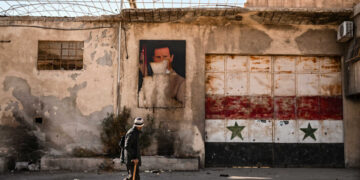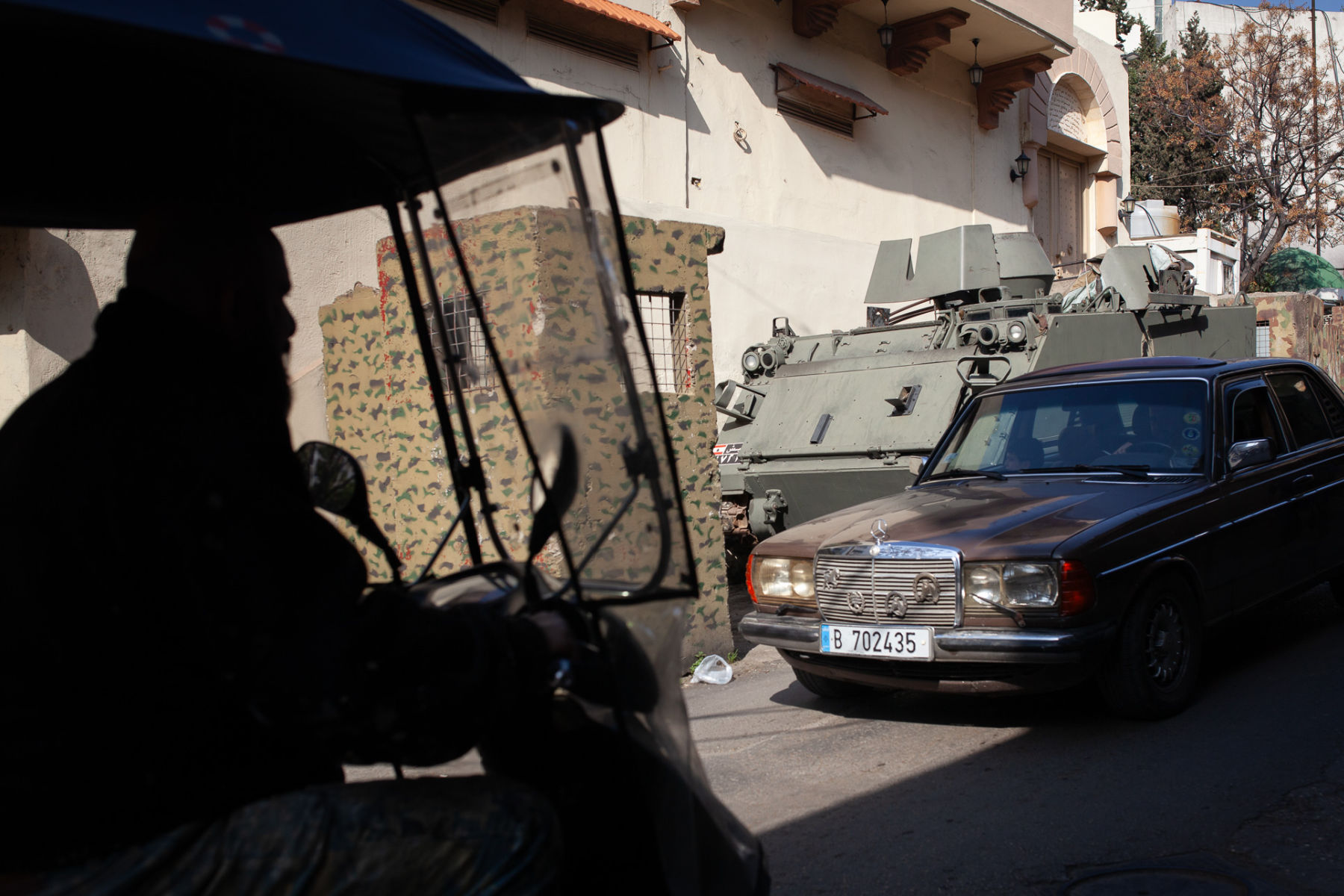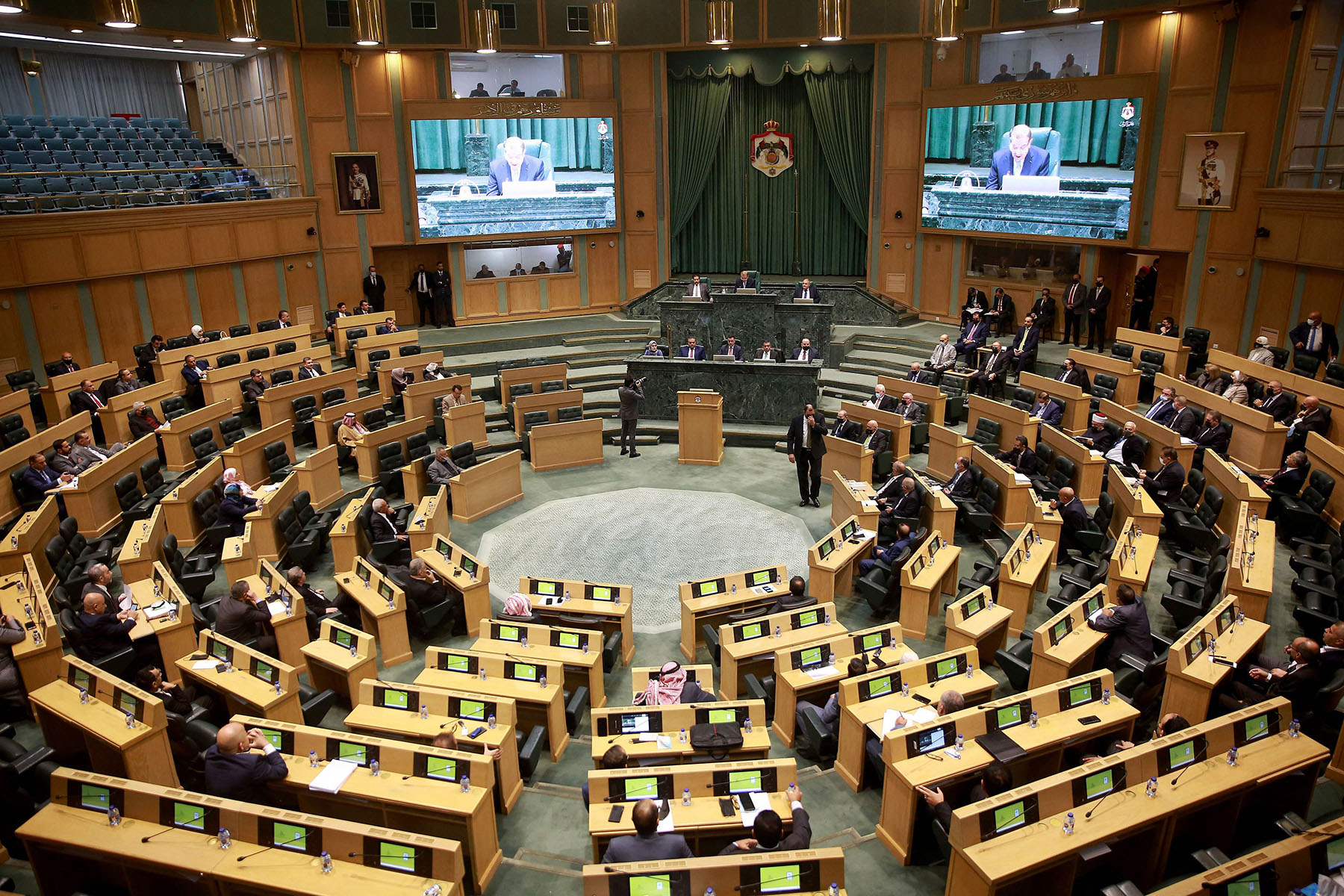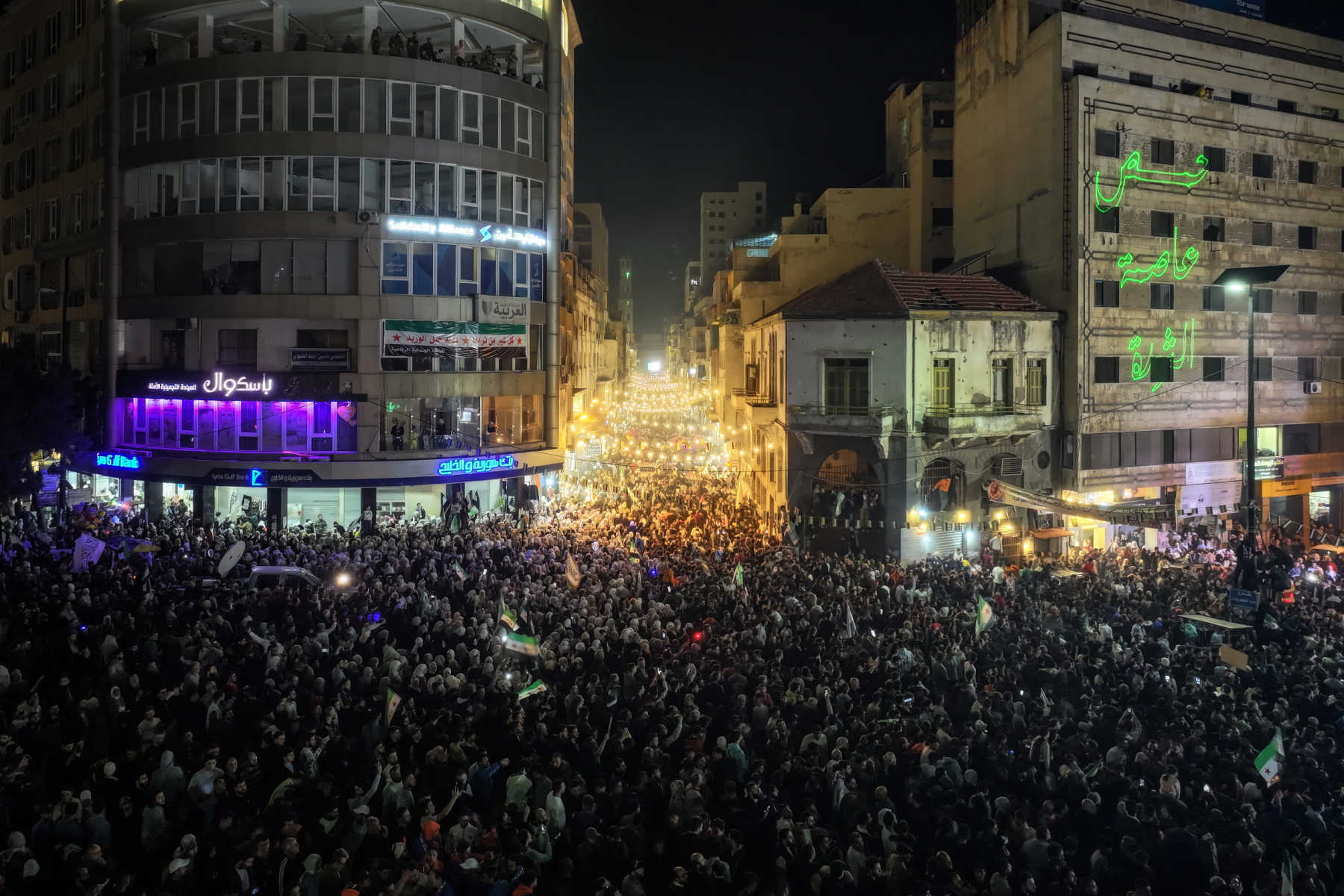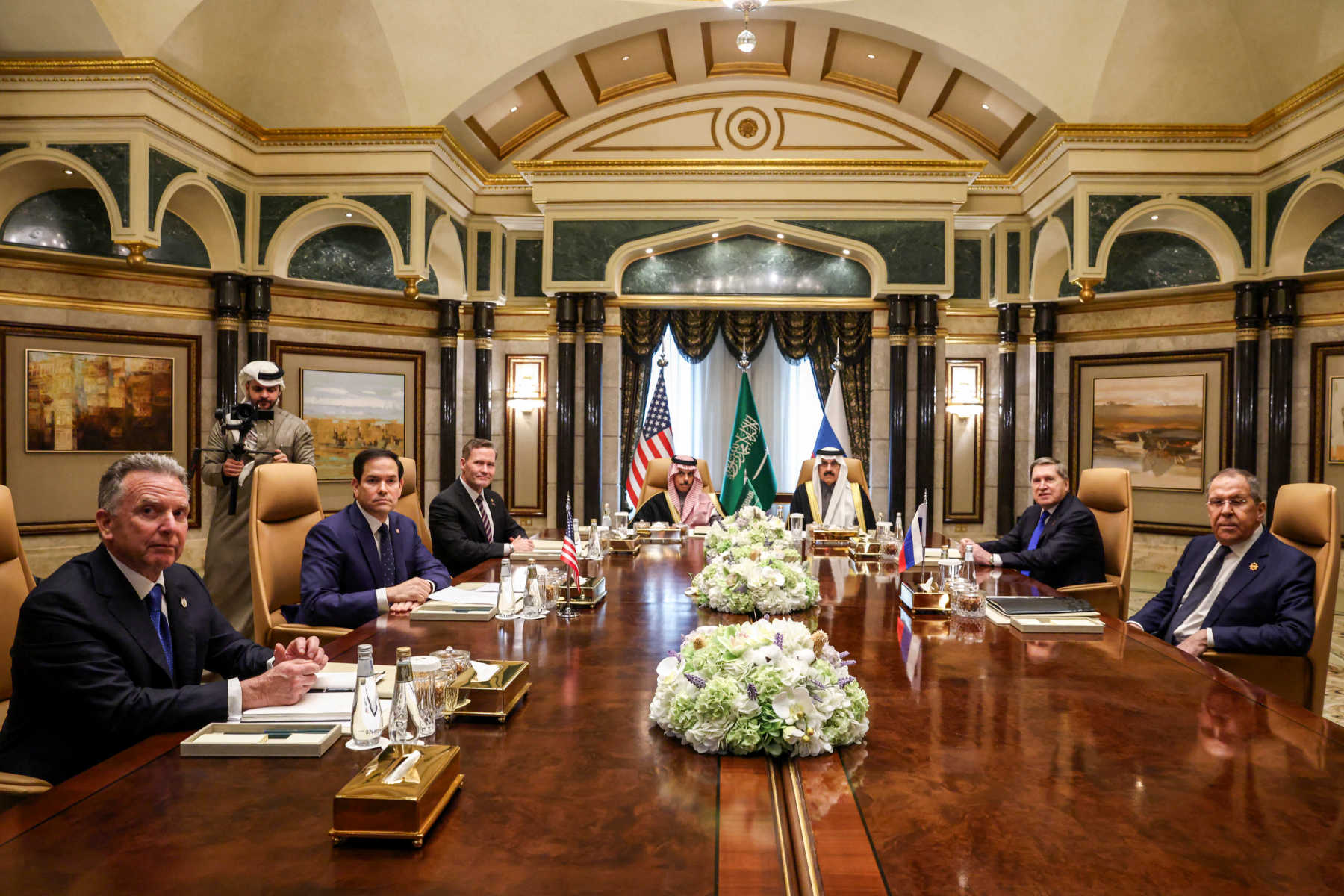Farah Abdessamad is a French-Tunisian essayist and critic.
I was 23 years old when my life flashed by in Port-au-Prince late one January afternoon. In seconds, the earthquake killed over 200,000 people, leaving more than a million more in Haiti homeless. I survived and prayed I would never see horror on that scale ever again.
Thirteen years later, as I followed the news of the 7.8-magnitude earthquake that devastated Turkey and Syria in early February this year, I was abruptly brought back to my own experience in Haiti. And now, as more of the destructive aftermath emerges from last week's 6.8 earthquake in Morocco, I am brought back once again.
All these years ago, when night fell, Port-au-Prince, that vibrant city full of life, became eerily quiet. It's a silence I'll never forget. Eventually the calls for help coming from under the rubble got quieter, too. No one knew for a while who was in charge since the government and the United Nations mission in Haiti, known as MINUSTAH, searched for their own survivors. During those crucial hours of despair and confusion, Haitians were abandoned to their own fate, just like many Turkish, Syrian and Moroccan survivors were.
I'm bound to always feel emotionally connected with strangers in these moments because I can guess what contradictory thoughts come into their minds—the intrusion of a paralyzing fear, the adrenaline rush that keep survivors awake for days with little in their stomach. In the case of Morocco, that reality became unbearable when I struggled to get hold of my own father, who had been in the country for several weeks. They were the longest hours of my life. What I survived in Haiti wasn't much compared with the powerlessness of not being able to immediately help a loved one in Morocco. (He's fine.)
What followed the initial quake in Haiti in 2010 were a series of terrifying aftershocks, hasty burials, attending to the wounded with all the Panadol that one could gather, a scramble to locate and secure food and water, wondering why it took so long for rescue teams and aid to reach those in need. Seeing this déjà vu in 2023 made me wonder about the lessons we fail to apply and what the Haiti response tells us about what not to do once the media caravan and disaster aid vanish—because they will.
Natural disasters don't cause mass death alone; policies, and the people behind them, are often to blame.
- Farah Abdessamad
I had just signed up for my first paid job with the U.N. and landed in Port-au-Prince a month before the earthquake. It didn't take much experience to notice that trauma and clashes of egos clouded judgments in the days after the earthquake. I left Haiti after four months, drained and disillusioned.
The earthquake response in Haiti was a catastrophic failure by all accounts—chaotic, harmful and wasteful. Yet at first, people involved in the relief operations expressed a notion of faint optimism. I was with them in most decision rooms during the first few days, listening to how the crisis offered an opportunity to start anew, on healthier grounds, correcting the shortcomings of the past. That belief had a mantra (later adopted by the Biden administration in a very different context)—"Build Back Better." It also had a famous advocate in Bill Clinton, appointed co-chairman of a lofty and supposedly Haitian-led planning and advisory body called the Interim Haiti Recovery Commission. Backed by the U.N. and international donors, it was given an improbable mandate to start rebuilding the country in just 18 months.
The devastation the world saw from Haiti generated an outpouring of donations funneled through unprepared and sometimes dubious channels. Everyone—from humble taxpayers to aid agencies, celebrities to private companies, even religious sects—wanted to join in the recovery efforts. The city of Port-au-Prince, a pained graveyard covered by debris and rubble, became an experimental playground for various post-earthquake "initiatives" and photo-ops. But more didn't mean better or more effective.
The results fell outrageously short of expectations. Foreigners flew in and out of Haiti. Most simply cashed in their hazard pay, waiting for their Miami or Punta Cana week of rest and recuperation. U.N. peacekeeper cars littered the parking lots of the fancy restaurants and nightclubs that still operated in Port-au-Prince, while camps for the homeless and displaced sprawled across the city. Women survivors and children were not kept safe.
Haitians didn't see much of the estimated $10 billion pledged by donors. The U.N. mission even covered up its role in the spread of cholera that killed thousands of people. Six months after the earthquake, less than 2 percent of promised reconstruction aid was delivered.
It's fair to say that Haiti didn't build back better. The empty promises after the earthquake instead fueled unprecedented levels of governance failure, widespread disenchantment, inequality and unabated violence. In 2021, President Jovenel Moise was shot dead in his home by mercenaries, as over 90 armed gangs have been steadily expanding their control of the capital. For the first time ever, hunger last year reached catastrophic levels in Port-au-Prince's poorest neighborhood, the sprawling district of Cité Soleil that has long been one of the most neglected communities in Haiti. There are advanced discussions about deploying a multinational force—led by Kenya but with the key backing of the U.S. and the U.N.—to curb the rise of Haiti's gangs.
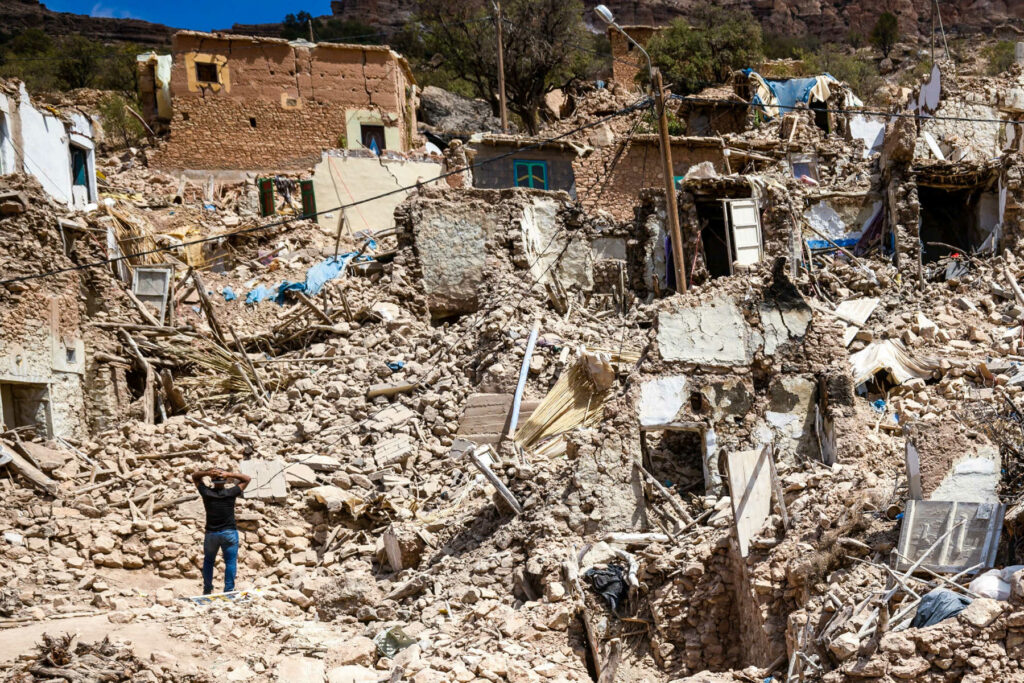
Haiti isn't Turkey, Syria or Morocco. All these countries have specific histories, political traditions, simmering tensions and sociocultural idiosyncrasies. But going back in time informs how we distinguish reoccurring events and draw common observations. Natural disasters don't cause mass death alone; policies, and the people behind them, are often to blame. Weeks after Haiti's earthquake, a more powerful tremor hit Chile, killing 521 people—fewer than 0.3 percent of the casualties in Haiti. Why?
Housing in Haiti was dangerously weak and inadequate, plagued by construction flaws that made buildings quickly crumple in an earthquake. This is still the reality today, with devastating consequences. Workers and foremen often cut down on cement to make small profits. Families either don't know or sometimes can't afford more expensive building materials, not realizing the danger in which they put themselves. Construction permits are often circumvented; inspections rarely happen anyway.
Despite engineering teams deployed in 2010 to review the structural integrity of the few buildings left standing after the earthquake, and a new building code that was adopted in 2012, subsequent natural disasters—cyclones, tropical storms, earthquakes—brought their own share of avoidable damage. In the earthquake that struck southern Haiti in 2021, 137,000 buildings were destroyed or damaged; many towns were reduced entirely to rubble, like others had been in 2010. Without strong enforcement measures, compliance becomes meaningless. In a country that is exposed to hazards like earthquakes, urban planning shouldn't be optional or a luxury.
Beyond the construction sector, the politicization of aid in 2010 and following years served donor interests while marginalizing local needs and voices. Amid artificial donor-imposed deadlines and optics, Haitians often had little say in how, where and when relief efforts were delivered. Money stayed in the hands of U.N. entities and international NGOs. A report from the U.N. stated that only 0.6 percent of aid between 2010 and 2012 was disbursed to Haitian organizations and companies, and fewer than 10 percent to the Haitian government.
This represented, ultimately, a refusal to invest in state and civil society capacities to prevent and respond to future crises. And it contributed to planting more seeds of mistrust in a country with a tortured history of foreign exploitation.
The huge international response to Haiti's earthquake in 2010 failed, most of all, to bring any relief and dignity to the survivors. It's a cautionary tale that shouldn't be repeated.
- Farah Abdessamad
When confronted with the painful images coming out of Turkey, Syria and now Morocco, I consider what changed and what didn't from 13 years ago. Disasters always hit disenfranchised, neglected areas hardest. Decades of underdevelopment, structural inequalities and war, in the case of Syria, made some populations more vulnerable than others. In Turkey, where President Recep Tayyip Erdogan pinned economic growth on a frenetic building boom, "the system to ensure that buildings were safely constructed to code had been tainted by money and politics," The New York Times reported. "That system prioritized speed over rules and technical expertise." More than 50,000 people died in southern Turkey as thousands of buildings—including many new ones touted as "earthquake-proof"—instead quickly collapsed.
In northern Syria, besides shoddy or nonexistent building codes, there was a need "to house the huge numbers of displaced as quickly as possible," in dense, often makeshift housing, as Robin Yassin-Kassab wrote in these pages after February's earthquake. "Years of Assad and Russian bombing," he added, even in the hours after that colossal quake, "had in any case weakened the foundations of thousands of buildings."
On both sides of the Turkish-Syrian border, there were unforgivable delays in delivering aid to survivors, which meant that precious windows of help were lost. In the first few days after the earthquake, as Yassin al-Haj Saleh observed, "only vehicles carrying the dead bodies of Syrian refugees crossed the Turkish border into Syria—not aid and equipment to rescue people from the rubble of collapsed buildings, not vitally needed medical supplies, not temporary shelters to protect the frightened and injured from the extreme cold."
Syrians shouldn't have to survive on fluctuating aid for another ten years before the next catastrophe hits them like Haitians did. In Morocco, a survivor in the mountains outside Marrakesh, an area popular with tourists, pointed out that the government only allowed traditional mud brick houses there, which became death traps when they crumbled. "Authorities forbid us to use cement," he said. "Even if our houses are ancient, we're not allowed to renovate them because their historical value must be preserved and attract tourists."
The world now suddenly cares about Morocco as foreign journalists and aid commitments drop in, but for how long? I still have flashbacks to Haiti of sneaking our army rations out to my Haitian neighbors, because they hadn't received any food at all one week after the earthquake, while humanitarians ate 3,000 calories per meal and drank their sorrows away.
The huge international response to Haiti's earthquake in 2010 had high hopes, but as a model for recovery and reconstruction, it ended up perpetuating the neglect and exploitation that made Haiti so vulnerable in the first place. It failed, most of all, to bring any relief and dignity to the survivors. It's a cautionary tale that shouldn't be repeated.
"We feel abandoned here, no one has come to help us," 43-year-old Khadija Aitlkyd, a survivor from Morocco's High Atlas region, asked a reporter from the ruins of her remote mountain village. "Our houses have collapsed… where are we all going to live?"



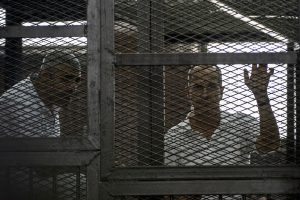






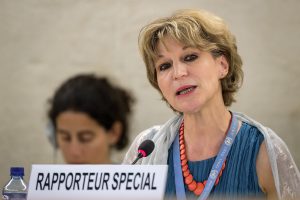



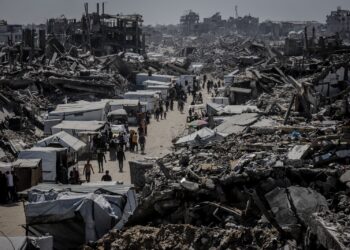
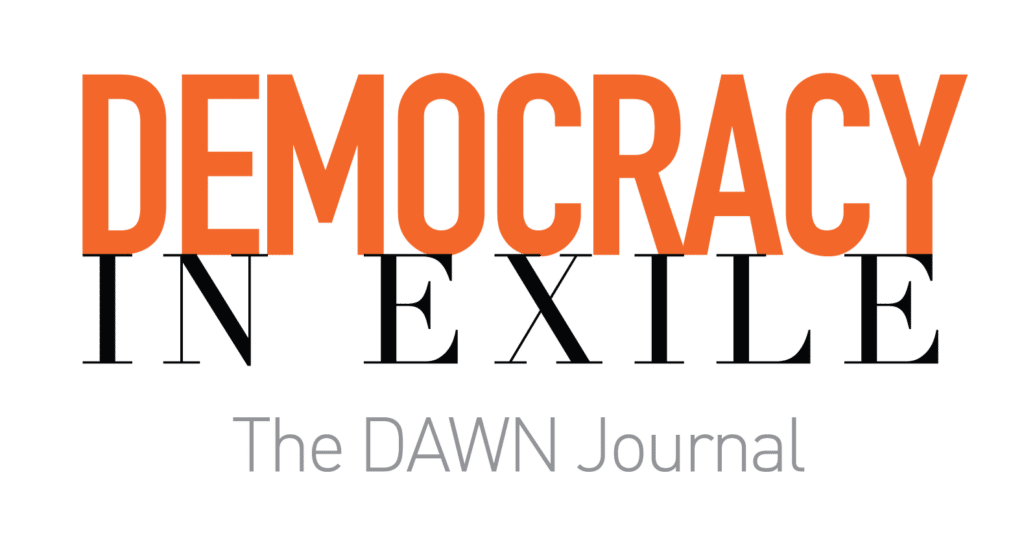
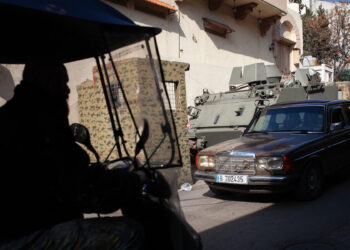
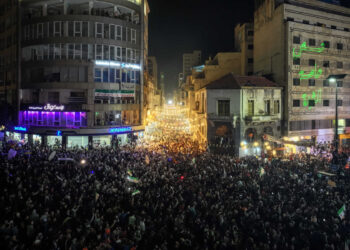
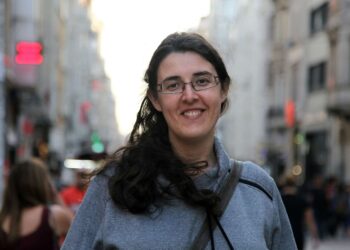

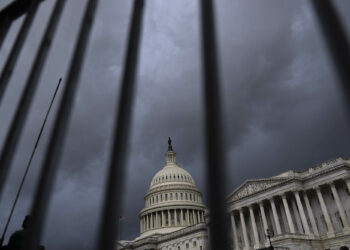





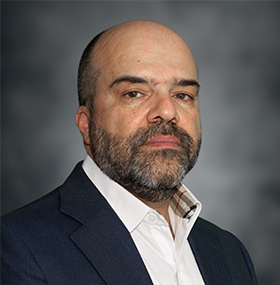
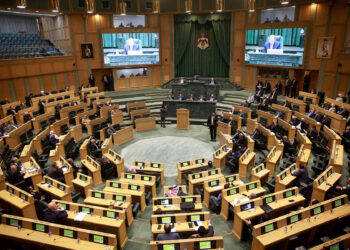
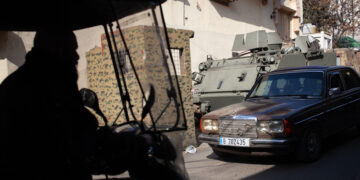
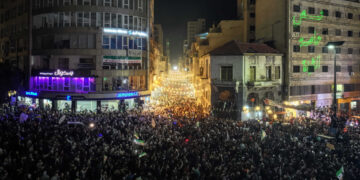

![Security forces loyal to the interim Syrian government stand guard at a checkpoint previously held by supporters of deposed president Bashar al-Assad, in the town of Hmeimim, in the coastal province of Latakia, on March 11, 2025. Syria's new authorities announced on March 10, the end of an operation against loyalists of deposed president Bashar al-Assad, after a war monitor reported more than 1,000 civilians killed in the worst violence since his overthrow. The Syrian Observatory for Human Rights said the overwhelming majority of the 1,068 civilians killed since March 6, were members of the Alawite minority who were executed by the security forces or allied groups. (Photo by OMAR HAJ KADOUR / AFP) / “The erroneous mention[s] appearing in the metadata of this photo by OMAR HAJ KADOUR has been modified in AFP systems in the following manner: [Hmeimim] instead of [Ayn Shiqaq]. Please immediately remove the erroneous mention[s] from all your online services and delete it (them) from your servers. If you have been authorized by AFP to distribute it (them) to third parties, please ensure that the same actions are carried out by them. Failure to promptly comply with these instructions will entail liability on your part for any continued or post notification usage. Therefore we thank you very much for all your attention and prompt action. We are sorry for the inconvenience this notification may cause and remain at your disposal for any further information you may require.”](https://dawnmena.org/wp-content/uploads/2025/04/syria-22039885951-360x180.jpg)
